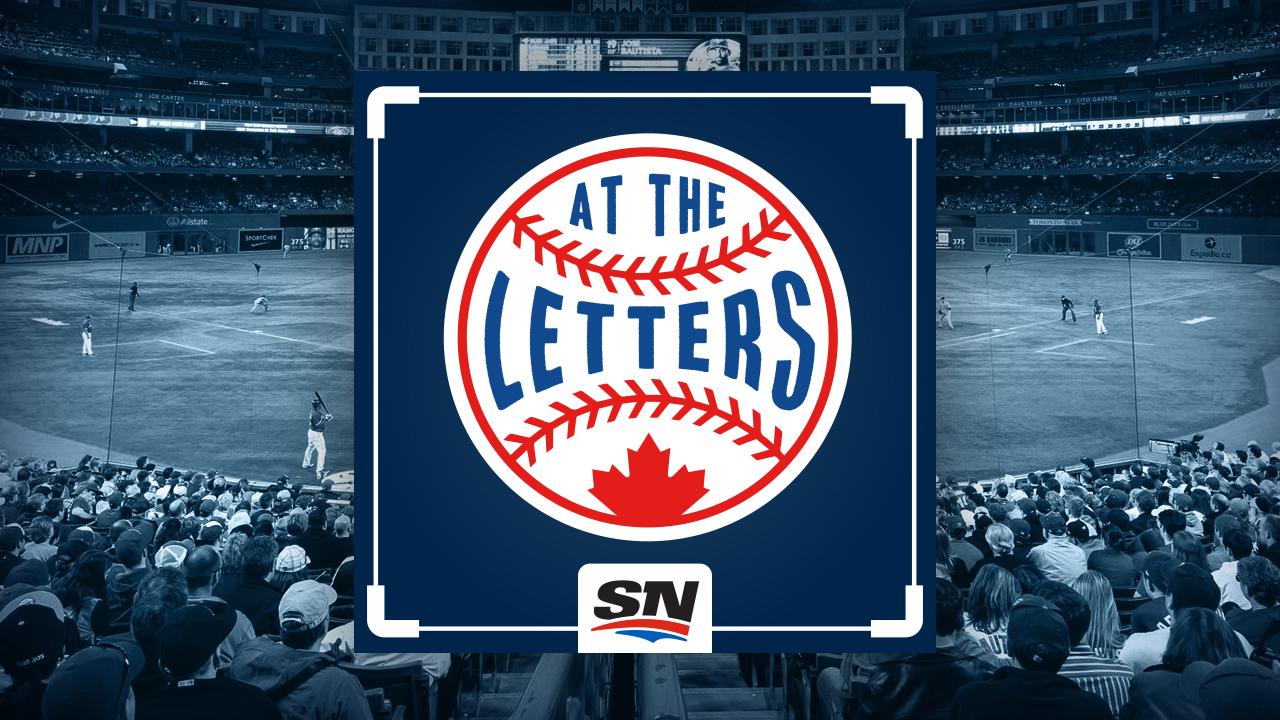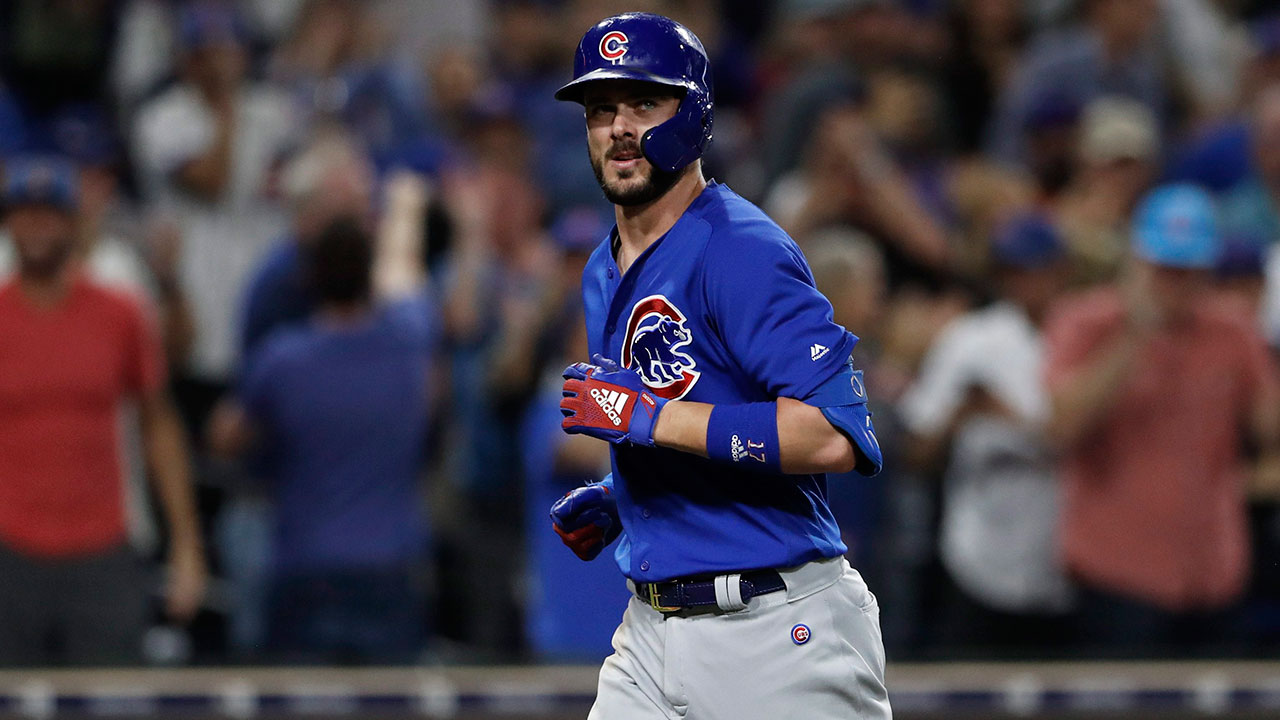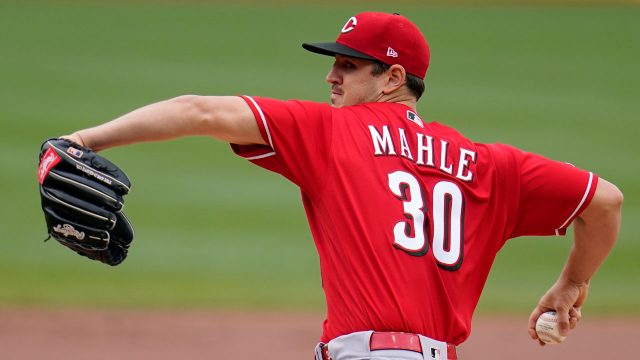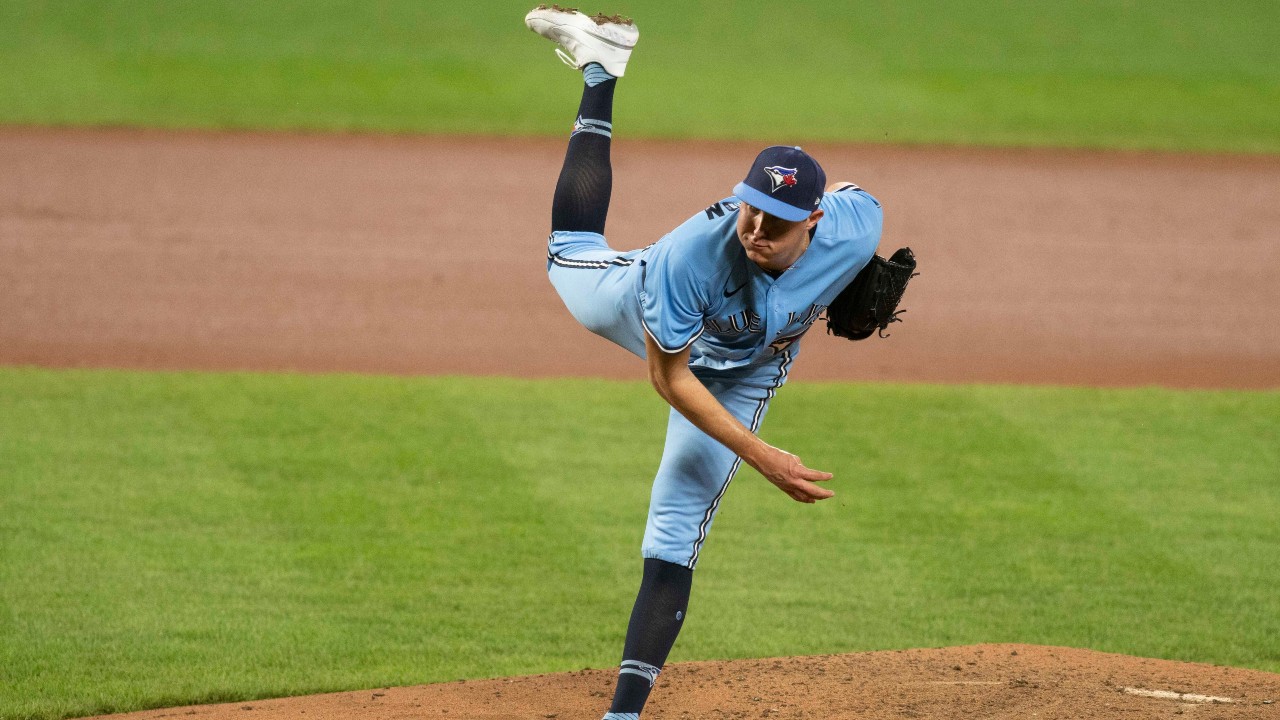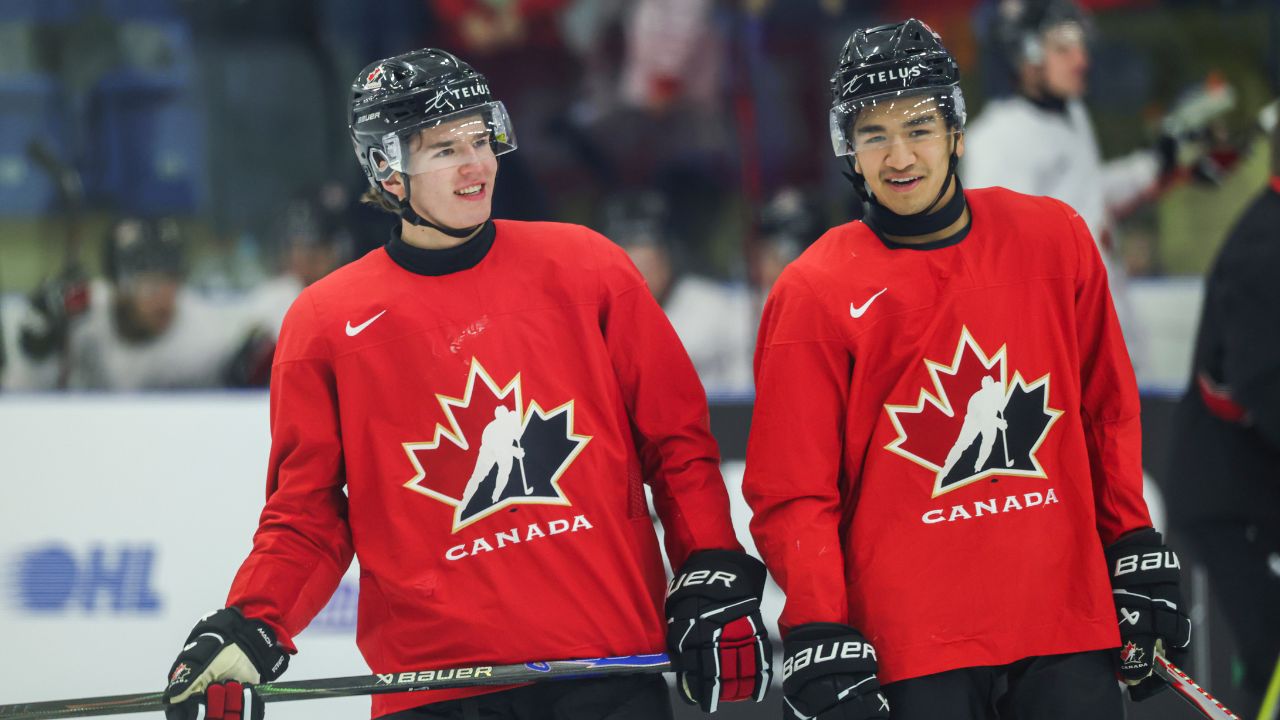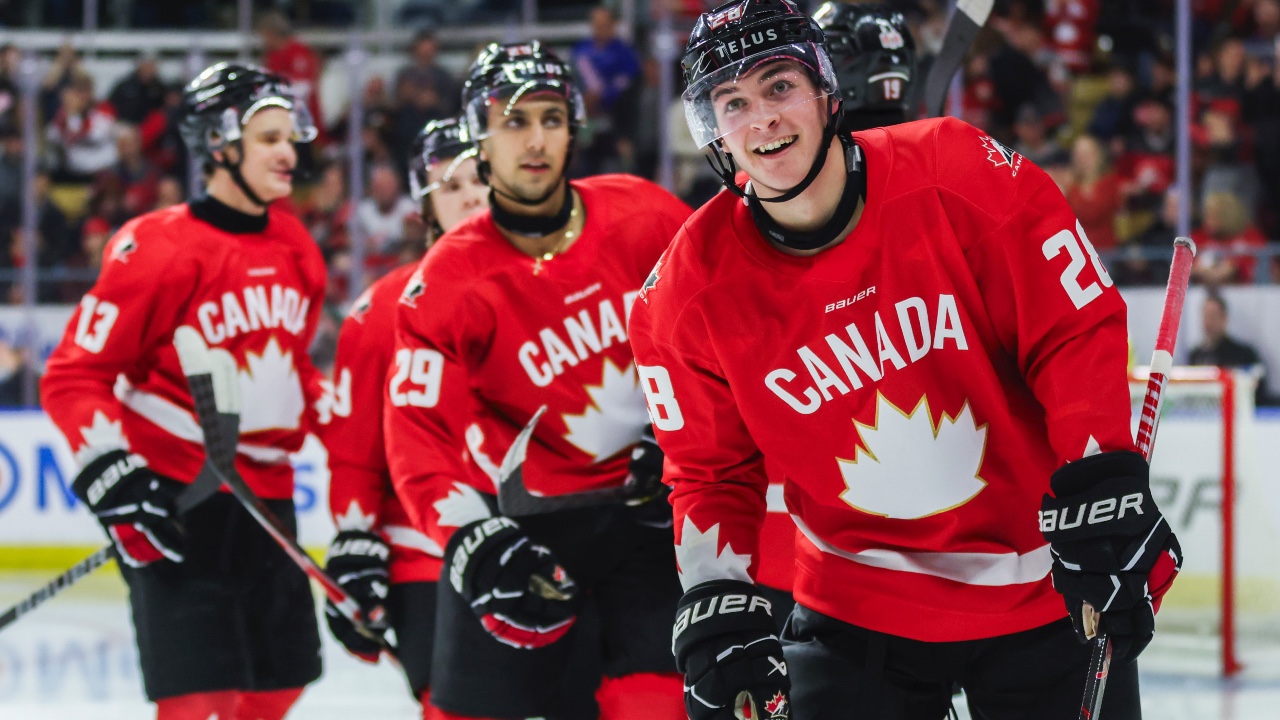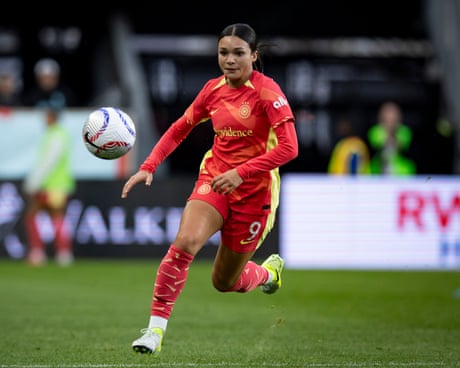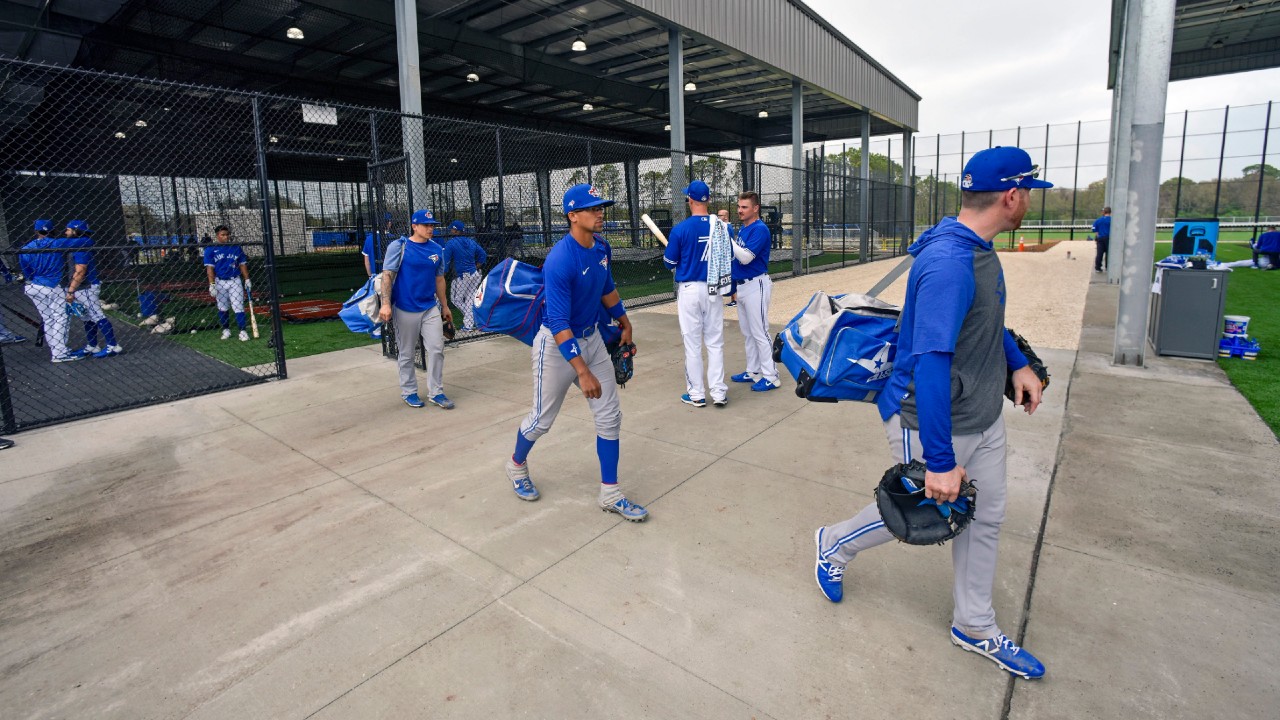
It wasn’t so long ago that Joe Sclafani was the hopeful prospect reporting for minor-league spring training, sitting down for an intake meeting with Houston Astros developers, talking about how this is going to be his year, telling them he couldn’t wait to show everyone. Only a half-dozen springs after his playing career ended, Sclafani’s now the guy on the other side of the desk conducting those sessions, listening to young Toronto Blue Jays minor-leaguers talk about how this is going to be their year, telling them he can’t wait to be shown.
“This is probably one of the most exciting times of the year for our group,” says Sclafani, the Blue Jays director of player development who’s guiding the organization’s opening of minor-league spring training over the coming weeks. “Just getting to see the culmination of all the work these players put in over the off-season, seeing them throw their first bullpens, watching hitters take batting practice. Seeing guys throwing really hard; seeing the guys that made big physical improvements. It’s all exciting for us.”
“Exciting” is perhaps not the first word baseball fans would use to describe the sport at this maddening moment, as MLB’s lockout of its players enters a 13th week with Grapefruit and Cactus League contests already cancelled and regular season games potentially not far behind.
But while the 38 players currently on Toronto’s 40-man roster are barred from club facilities — from even communicating with staff — the 170 players under contract with the Blue Jays who aspire to one day be among that locked-out group are beginning to ramp up for their seasons at the organization’s new player development complex in Dunedin, Fla. Minor-league schedules get underway within six weeks — whether big-league baseball is being played or not.
So, for developers like Sclafani, there’s much to be done. Last weekend, the Blue Jays launched a mini-camp for around 60 players it felt would benefit from extra time to prepare for opening day. Those individuals have been training daily at the club’s complex ever since and will soon be joined by the rest of the organization’s minor-league pitchers and catchers, who report to camp on Sunday to undergo COVID testing and intake processes. Position players will follow on Friday, March 4, and once they’ve completed their physicals and assessments, the entire group of 170 will undergo its first full-squad workout on Monday, March 7.
Back-field exhibition games begin on March 17 against organizations with nearby facilities — the Philadelphia Phillies, New York Yankees, and Detroit Tigers. Less than three weeks later, the triple-A schedule opens on April 5. A few days after that, on April 8, lower-level affiliates begin their campaigns. And as those waves of players depart Dunedin, another group will arrive, as a contingent from the club’s Dominican academy begins tuning up for the Dominican Summer League season.
“It’s certainly getting busier around the building — we’re off and running,” Sclafani says. “The energy everyone’s bringing is great. Everybody’s excited. It’s a fun atmosphere to be around. We’re back to the super early days — which I wasn’t even ready for myself. But you just figure it out. We start up early in the morning and try to be as efficient as we can with our work to best prepare these guys for their seasons.”
There’s plenty to accomplish over the next several weeks, beginning with 170 individualized development meetings like the ones Sclafani attended when he was trying to earn a 40-man spot himself as a utility infielder with the Astros. The difference is in the details. Sclafani remembers his final meeting during the spring of 2016 — weeks before his days as an active player ended with a release at the end of camp — being fairly generic. One size fits all. It felt like they were saying the same stuff to everyone.
Now that he’s the one conducting the meetings — held after players are put through comprehensive physical intake testing including body composition measurements and orthopedic examinations — Sclafani endeavours to make the process much more personal.
Using the litany of data collected from all that testing, Sclafani’s group forms an objective assessment of how the player’s off-season training went. Where things stand; what they’ve gained; where they’re lagging. That’s then presented to each player in a session with members of Sclafani’s development team who will be working closely with the athlete that season, including coordinators and position coaches from the minor-league affiliate they’re likely to begin the year with.
“And then it’s a conversation. We talk about their situations this year; what their roles may look like; what they’ve focused on in the past; what they want to focus on during spring; how we can help them with that,” Sclafani says. “We’re bringing very individualized pieces to each guy. And that’s what we preach, right? We’re going to give you all the resources necessary for you to take ownership of your career and use what you think is going to help you get to the next level. We’re going to give you our input. But you have to be bought in. We try to live that.”
Through that conversation, each player identifies a short list of two or three priority developmental goals they’ll concentrate their energy towards during the season. Making better swing decisions as a hitter; commanding fastballs more effectively as a pitcher; having quicker first-step reactions as a shortstop.
That begs a series of questions. What’s the action plan for achieving those goals? What can you improve in your preparation and recovery to help you get there? What do you need to prioritize in the weight room to make these strides? What kind of early work routines would be beneficial? What are the in-game metrics we’ll use to measure whether you’re improving or not?
It all gets recorded and uploaded into a proprietary database of developmental information on each player collected since they signed with the Blue Jays. The platform is a one-stop resource for staff at all arms of the organization — front office personnel, on-field instructors, athletic trainers, strength and conditioning staff, mental performance coaches, dieticians — to utilize and augment throughout the season. Then everyone gets to work.
“And my favourite thing is that 10 guys could have the same priority goal — say it’s to improve defensively. But you watch them when they’re doing their defensive work, and they may be focusing on 10 different things specifically within that goal. Everyone has their own tailored approach,” Sclafani says. “And then it’s really cool and exciting to see how it translates over time. It’s happening already with some guys in early camp. We’ve had pitchers who are throwing two, three miles per hour harder in their bullpens than they averaged last year. Which is a testament to the work that the players put in and our staff that helped them put together that plan.”
To that end, Trent Palmer and Ricky Tiedemann, third-round picks in the 2020 and ‘21 drafts, respectively, have each made considerable strides with their raw stuff since turning professional and have continued opening eyes in early camp. Right-hander Hunter Gregory, an 8th round pick in 2021, has been up to 95-m.p.h. in bullpens after sitting in the low-90s in college.
Connor Cooke, another college righty taken two rounds later, is touching 98, up from the 93-94 m.p.h. maximum he featured at Louisiana-Lafayette. Adrian Hernandez, a reliever listed at just 5’9, 161-lbs. when he was signed out of Mexico five years ago, has packed on muscle over the winter, which is bumping up the fastball he’ll mix with what might be the organization’s best changeup. You should remember his name.
“These guys are young and naturally they want to go home at the end of a long season. But so many of them made the commitment to their careers to be here throughout the off-season, working with our staff, utilizing all the resources and facilities we have,” Sclafani says. “And we’re seeing it pay dividends already.”
With the club’s $100-million, state-of-the-art development complex finally operating at full capacity, the opportunities for eager young athletes to maximize their development during the off-season have only increased. Over the last few years, the Blue Jays have progressively shifted away from a traditional, one-size-fits-all instructional program for minor-leaguers towards a series of smaller, more specialized camps designed by instructors with specific expertise. That continued this off-season with a run of camps that brought over 100 players through Dunedin to participate in a variety of programming.
There was the Fall Development League in October, which saw lower-level minor-leaguers gaining experience through a series of games against the Philadelphia Phillies; a rehab camp for players recovering from injury; a five-week instructional program for players who spent their summers playing out of the club’s Dominican academy; a 10-day introduction to the organization for the wave of international free agents signed this January.
Meanwhile, developers Matt Tracy and Cory Popham organized a pitching camp for around 20 of the club’s top minor-league arms, while coordinator Hunter Mense ran one for a similarly sized group of position players to work on hitting. With players coming in burned out from the nightly pressure to perform at the end of long, demanding seasons, those camps have evolved to include more off-field discussion about approaches and philosophies rather than constant heavy, on-field drill work. In future off-seasons, the Blue Jays want to add another skill-specific camp focused on defensive movement quality and efficiency.
Also expanding this year was a physical development camp that ran for six weeks in the fall, and continued for some well into the winter, which allowed a group of 80 players without access to high-end resources or well-equipped gyms at home to undergo strength and conditioning programs under the direction of Blue Jays coaches and developers. Baseball-specific skill work was put on the back burner, allowing players a chance to take a break from the game and focus on building size, increasing strength, and improving body composition.
“That’s the beauty of this building. It can hopefully continue to become a beacon that draws people here and has more and more players wanting to be here in the off-season training with us,” Sclafani says of Toronto’s new development complex. “The resources we have here are so incredible. And we felt really good about the work that was put in and the commitment from the players. We feel like it’s put them in a really good spot for the season.”
Helping young players get one step closer to the dream he once chased is what makes the next six weeks of minor-league camp less gruelling for Sclafani than it might seem. Synthesizing libraries of objective data, testing results, and subjective feedback into 170 individualized development plans is no small feat. The days start early, end late, and don’t pause for weekends. But he swears it’s the best time of year.
“Making sure we’re taking care of guys, we’re keeping everybody healthy, and doing our best to prepare them to hit the ground running this year is our goal,” Sclafani says. “And then March 17th rolls around and we finally get to play games against other teams. And before you know it, everyone’s heading off to affiliates, and the games start to count, and the stats start to really matter. It’s all exciting. For the players, especially — they can’t wait to get out there and show what they can do. And we can’t wait, either. We hope all of them have dominant years.”


